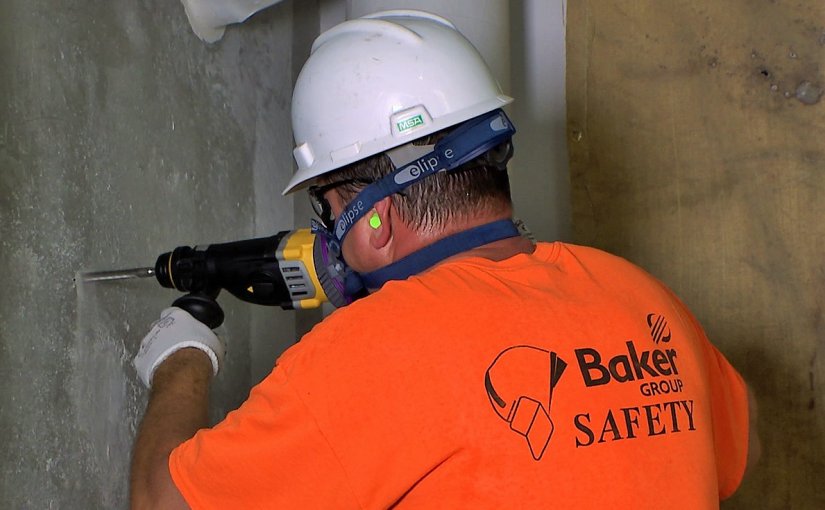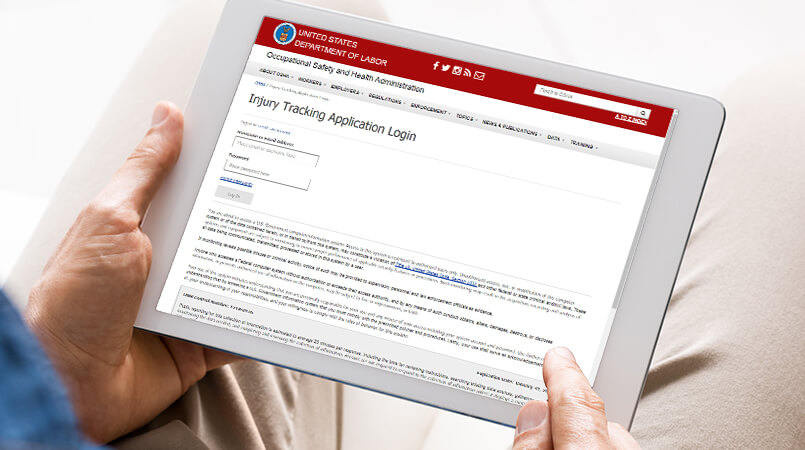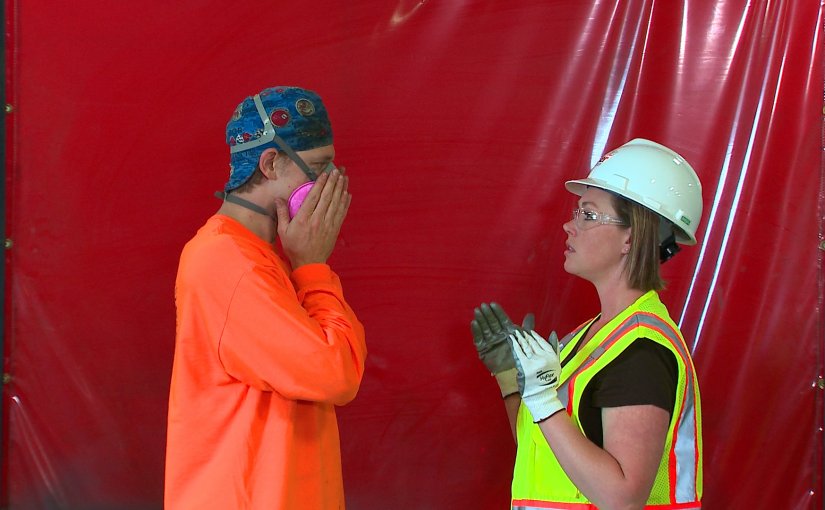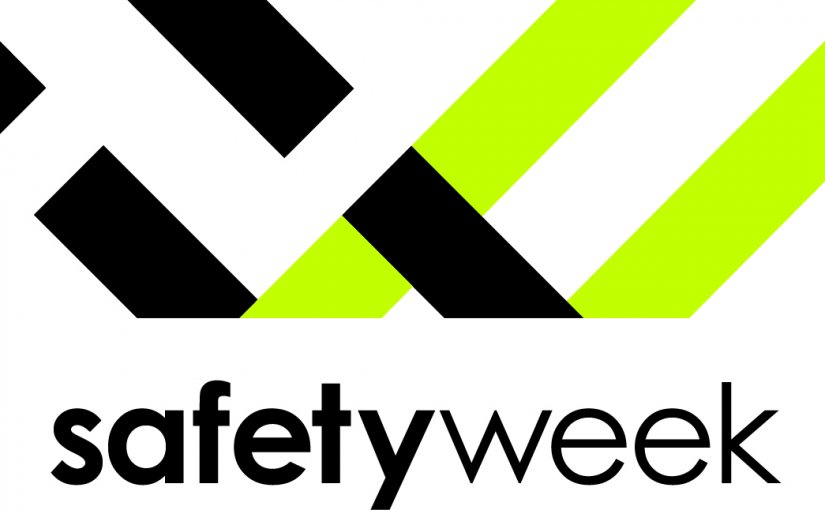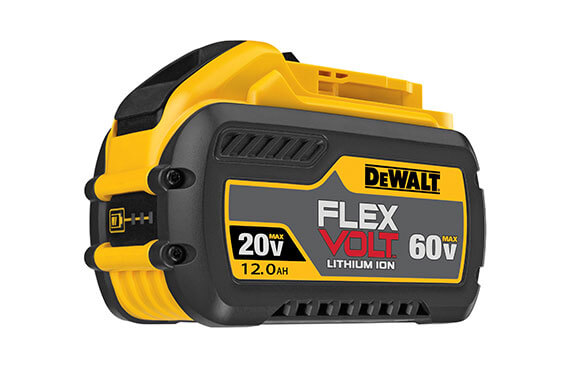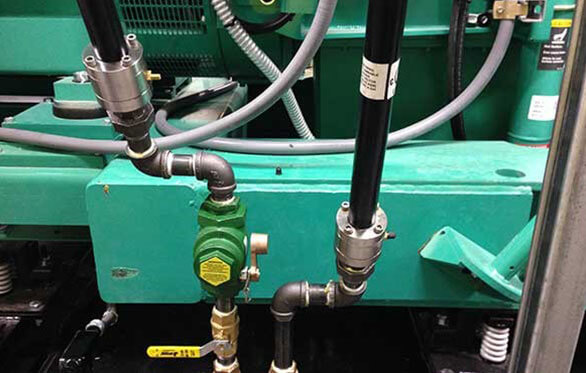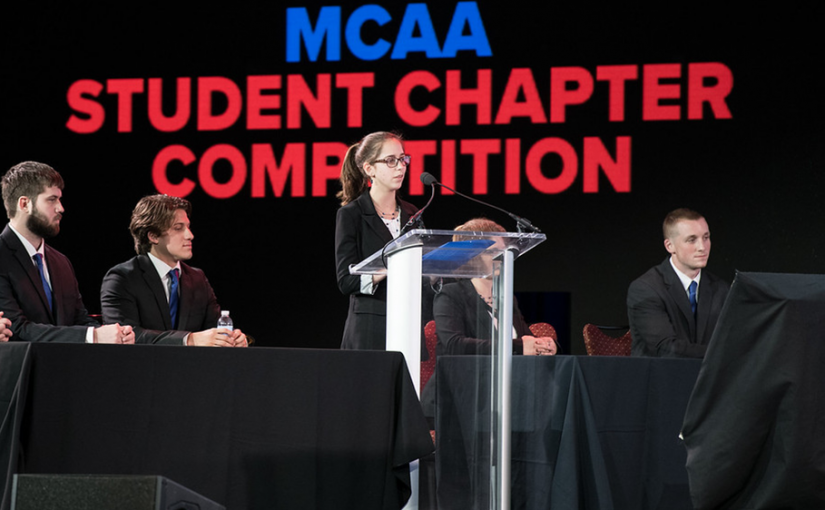Discover the Latest from XOi Technologies, Aquatherm and More in MCAA’s Virtual Trade Show
MCAA’s Virtual Trade Show connects our contractor members with the members of MCAA’s Manufacturer/Supplier Council.
Participating companies highlight and link to new products, product lines, services, solutions or web pages of particular interest. Here are just a few of the recent additions:
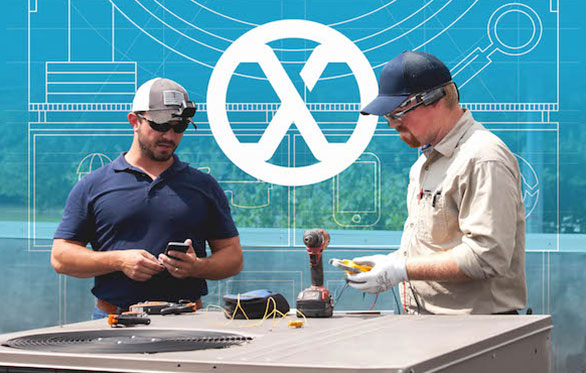
XOi Technologies
XOi Technologies is solving the skills gap while helping field service companies grow by getting your best tech on every site. XOi empowers your technicians to solve problems faster, delight customers — and increase your bottom line.
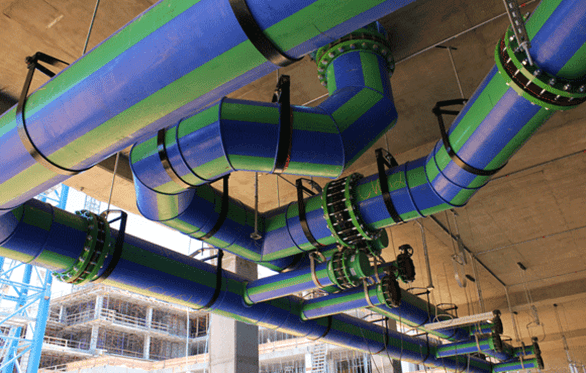
Aquatherm
Engineered for heating/cooling, compressed air, & other non-potable applications, Aquatherm Blue Pipe® is safe for indoor, outdoor, & direct-bury projects. The virtually leak-free pipe with a 10-year warranty comes in 1/2-24 in. sizes.
Need Something Else?
Find many more smart solutions in MCAA’s Virtual Trade Show!
Speaking of Smart Solutions
Visit the Smart Solutions Case Studies area of our website to learn how other mechanical contractors found their win-win with cost-saving and productivity-enhancing applications from members of MCAA’s Manufacturer/Supplier Council.
This section of our website also includes tips and ideas to help your company save money and enhance your productivity. Don’t miss it!
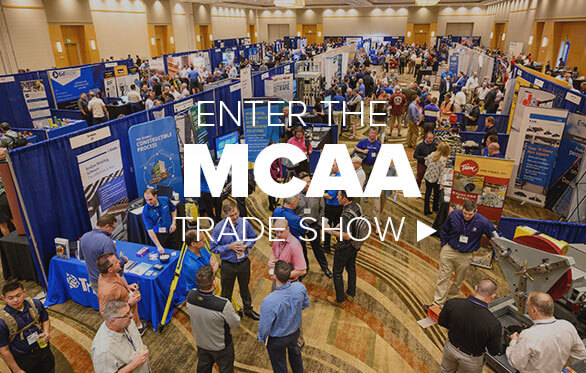
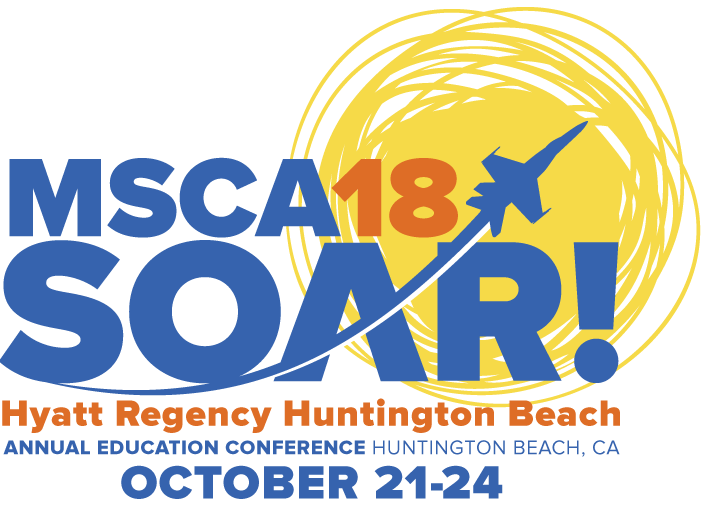
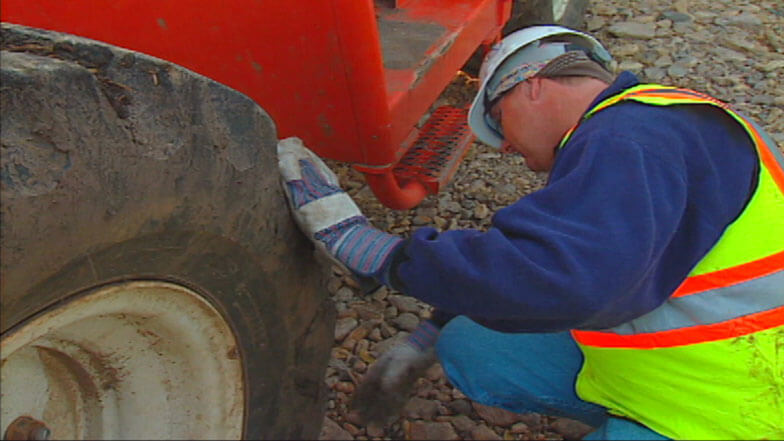

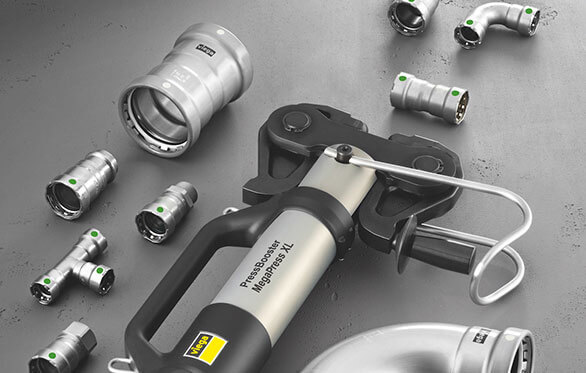
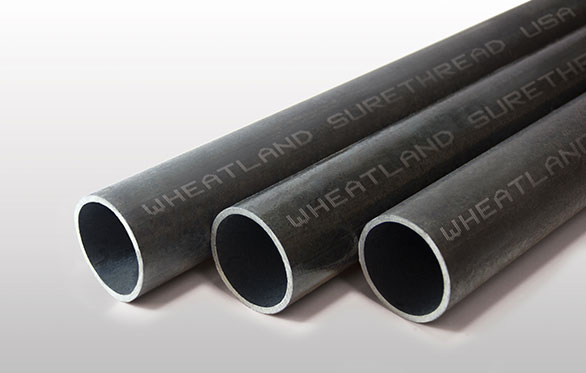
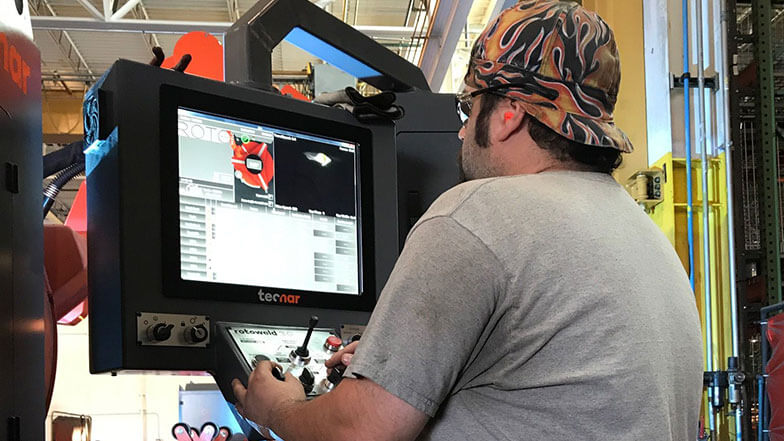
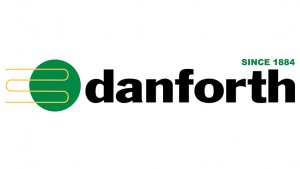

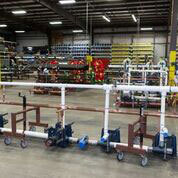

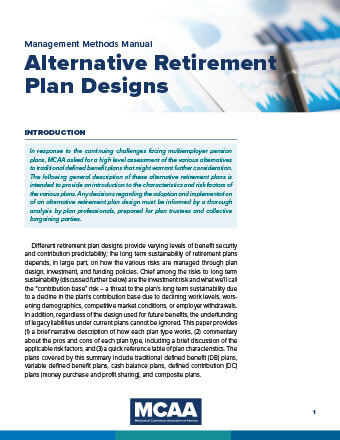
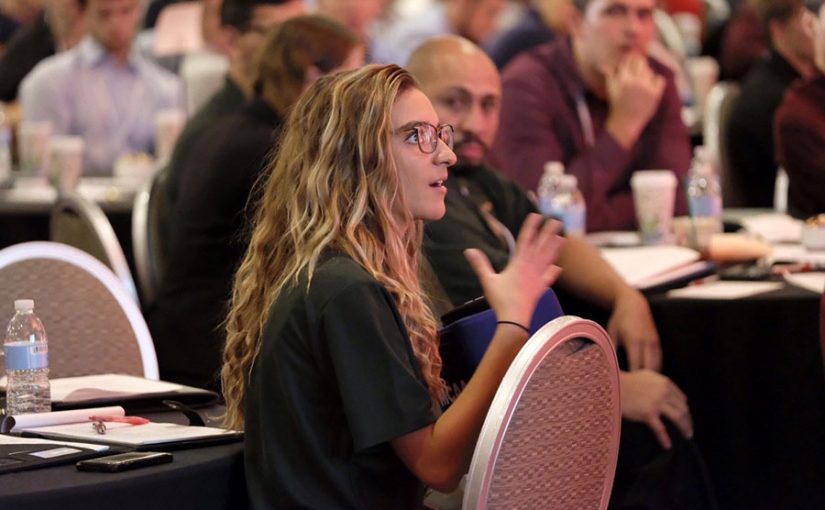
 potential full-time hires for your organization. Building a structured internship program will provide the opportunity for your firm to recruit talented students and provide a flexible, cost-effective labor force without a long-term commitment.
potential full-time hires for your organization. Building a structured internship program will provide the opportunity for your firm to recruit talented students and provide a flexible, cost-effective labor force without a long-term commitment.